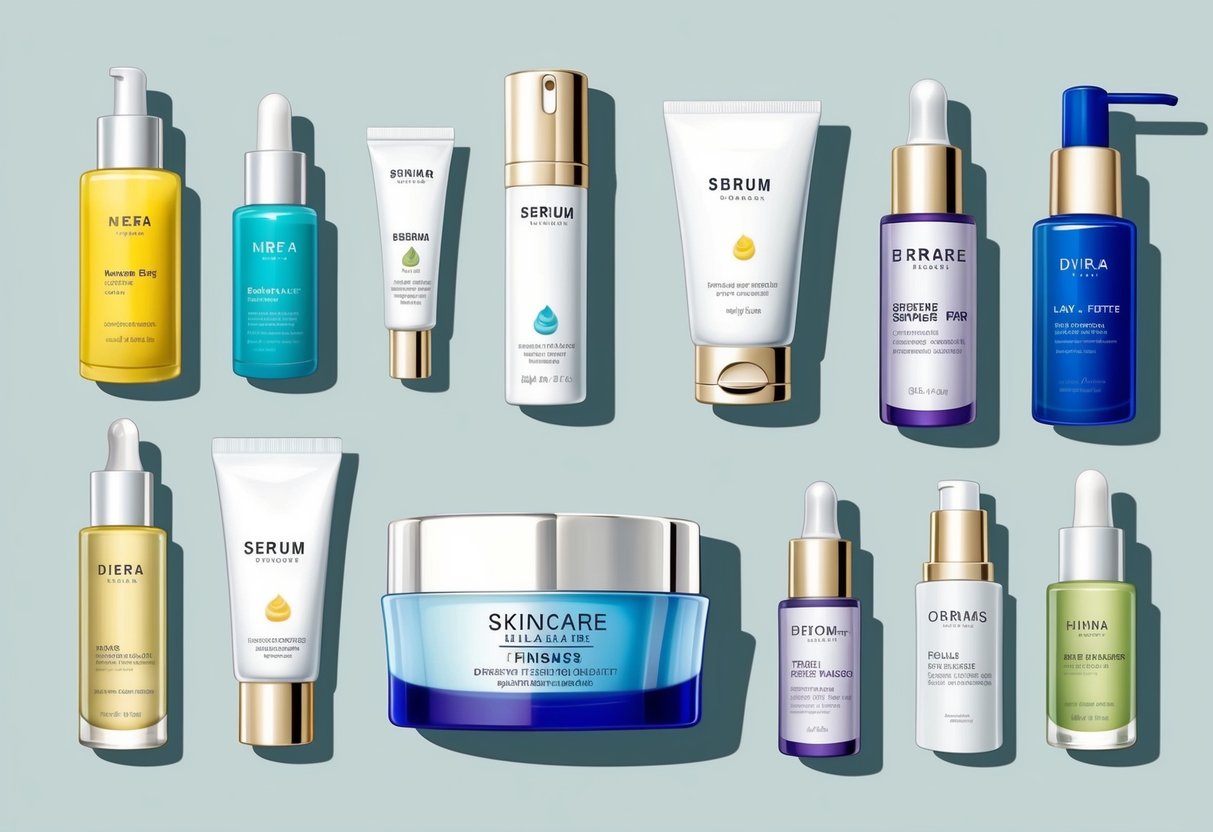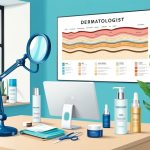How to Build an Effective Skincare Routine for Every Skin Type
Exfoliation and Cell Turnover
Maintaining healthy skin relies on effective exfoliation, which supports cell turnover and keeps the complexion fresh. Choosing the right exfoliation method and adapting it to individual needs is essential for achieving optimal results without irritation.
Physical vs. Chemical Exfoliants
Exfoliants fall into two main types: physical and chemical. Physical exfoliants include scrubs, brushes, or cleansing tools that manually remove dead skin cells through friction.
Small granules, like those made of sugar or microbeads, are common, but can be abrasive if overused. Overly harsh or frequent physical exfoliation may cause microtears or irritation, especially in sensitive skin.
Chemical exfoliants rely on active ingredients to loosen and dissolve dead skin cells. Common chemical agents include AHAs (like glycolic and lactic acid) and BHAs (such as salicylic acid).
These penetrate the skin more deeply and can be more effective for promoting skin cell turnover, minimizing congestion, and brightening dull complexions. For those with congested or acne-prone skin, chemical exfoliants often deliver better, more even results with less physical trauma to the skin barrier.
Learn more about the role of chemical options in boosting cell turnover.
Choosing the Right Exfoliator
Selecting an exfoliator should depend on skin type, concerns, and lifestyle. Oily or acne-prone skin usually benefits from BHAs, which help unclog pores and reduce breakouts.
Dry or mature skin may respond better to gentle AHAs that enhance radiance and even texture. People with normal or combination skin can use either type, but striking a balance is key.
Frequency matters: exfoliating two to three times per week is typical for most, but some benefit from less frequent use. Over-exfoliation can strip skin of its natural oils and weaken the moisture barrier.
It’s important to consider product concentration, especially with chemical options—start with lower strengths and increase only as tolerated. More guidance on building an effective routine—including when to exfoliate—can be found in this step-by-step approach.
Safe Exfoliation for Sensitive Skin
Sensitive skin types need extra care with exfoliation. Physical scrubs may be too harsh and cause redness, so it’s better to opt for mild chemical exfoliants like lactic acid or polyhydroxy acids.
These are less likely to penetrate deeply and irritate. It’s best to start with once weekly application, observe how the skin responds, and adjust only if tolerated well.
Patch testing before introducing a new exfoliant can help prevent adverse reactions. Fragrance-free and hypoallergenic formulations also reduce the risk of irritation.
Look for exfoliators with calming ingredients, such as aloe vera or allantoin, which can soothe while promoting gentle cell turnover. For more on tailoring your exfoliation routine to sensitive skin, see this comprehensive skin care guide.
Advanced Treatments: Serums, Essences, and Boosters
Targeted skincare products such as serums, essences, and boosters can address specific skin concerns, from dehydration to wrinkles. These treatments deliver concentrated active ingredients for more noticeable improvements over time.
Benefits of Hyaluronic Acid and Niacinamide
Hyaluronic acid is a powerful humectant that attracts and retains moisture, making it essential for maintaining skin hydration. When used in a serum or essence, it helps plump the skin and reduce the appearance of fine lines.
This ingredient suits all skin types, including oily, dry, and combination. Niacinamide is known for its ability to strengthen the skin’s barrier, even tone, and minimize pores.
When used together, hyaluronic acid and niacinamide can enhance the skin’s resilience and radiance. Serums containing these ingredients absorb quickly and layer well under other skincare products.
Applying a lightweight essence before a serum can improve the absorption of actives, making the most of these standout ingredients. Both hyaluronic acid and niacinamide are compatible with many skincare routines, supporting skin health with continued use.
Incorporating Retinol for Anti-Aging
Retinol, a derivative of vitamin A, is a leading anti-aging ingredient found in many serums and boosters. It stimulates collagen production, which helps reduce the appearance of wrinkles and fine lines.
Those aiming to address visible signs of aging should consider retinol as a targeted nightly treatment. For best results, apply retinol serums to clean, dry skin before heavier creams.
It may cause initial dryness or irritation, so starting with a low concentration and increasing gradually is recommended. Use a moisturizer afterward to support the skin’s barrier, and apply sunscreen during the day, as retinol can increase sun sensitivity.
Retinol pairs well with hydrating essences and niacinamide serums for a balanced advanced skincare routine.
Masks and Targeted Solutions

Masks and targeted skincare products are important tools for treating specific concerns like fine lines, dark spots, and puffiness. Choosing the right face mask or solution enhances overall skin health and achieves visible improvements.
Types of Face Masks
Face masks come in several forms, each offering different benefits. Clay masks absorb excess oil, help unclog pores, and are best for oily or combination skin.
Hydrating masks, often containing hyaluronic acid or glycerin, restore moisture to dry or sensitive skin. Sheet masks deliver concentrated serums for quick hydration and soothing effects.
Exfoliating masks with ingredients like glycolic acid or enzymes gently remove dead skin cells, brightening the complexion. Peel-off masks can provide a deep pore cleanse but should be used with caution to avoid irritation.
Specialty masks like overnight treatments focus on intensive repair and skin barrier support. The frequency of use depends on the mask type and personal skin needs; most people benefit from using a mask one to three times a week.



